

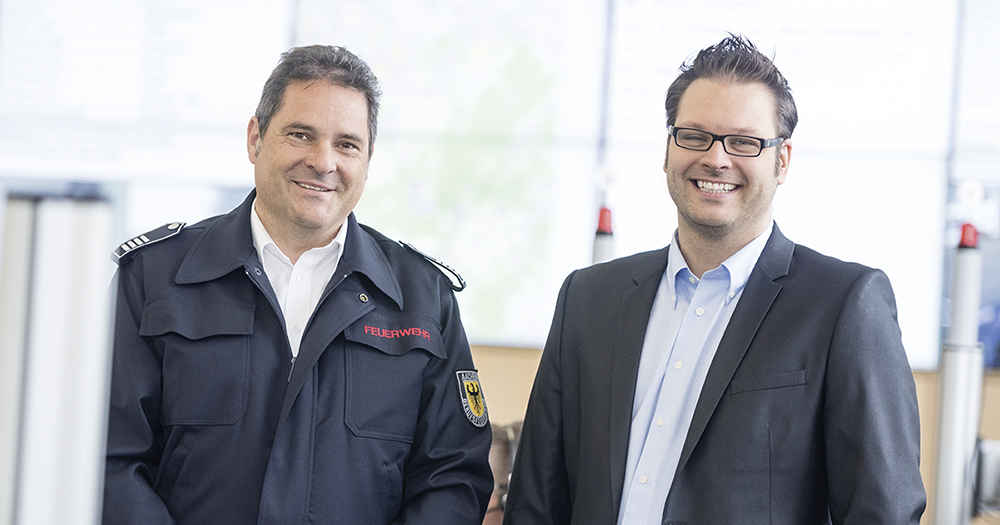
Aachen is going through a redesign. Not just the main fire station, which has been undergoing a complete overhaul since 2014; Germany's emergency medical system is also being revitalised for the future. In Aachen, the remote emergency doctor service was established at the beginning of 2014 as an additional component of the rescue service. This is the story of an innovative and life-saving idea. We meet Uwe Weiß (Head of Operations Engineering, Aachen Fire Brigade) and Dr Frederik Hirsch (specialist at the University Hospital RWTH Aachen and an employee of P3 telehealthcare GmbH). These two have been there since the beginning.
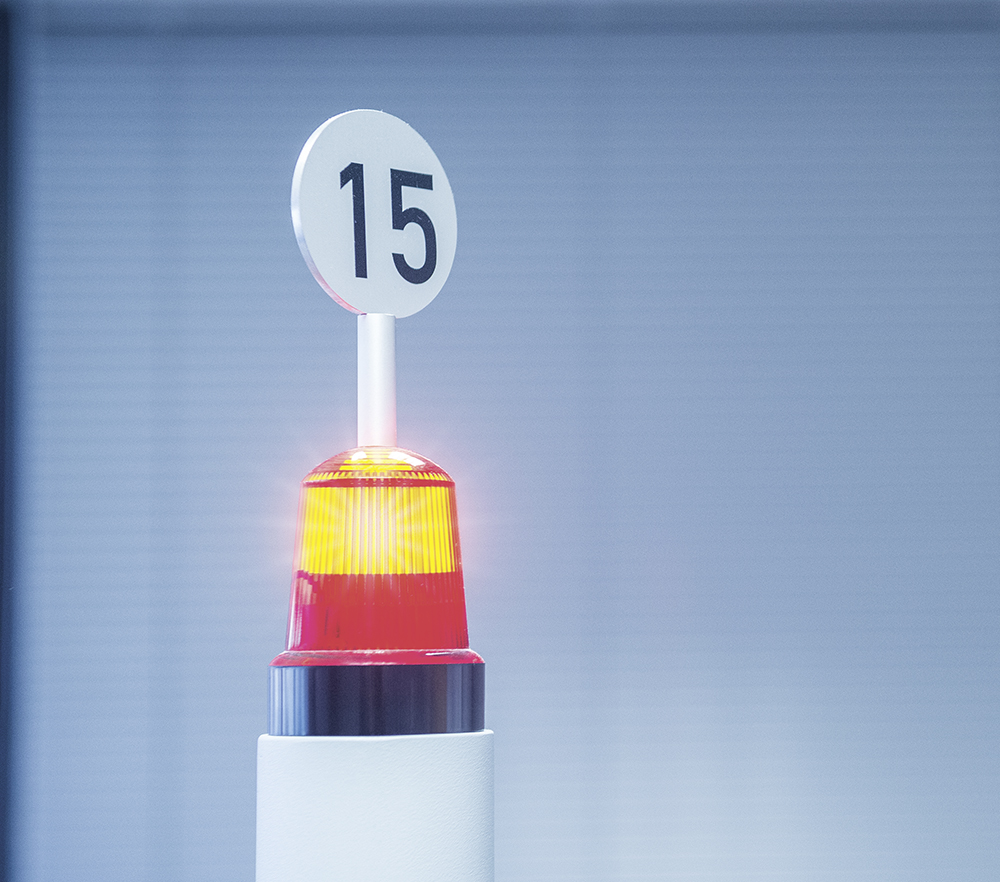
Aachen is known nationwide as one of the most important technical and scientific university locations in Germany. It even manages to feature in international top 50 rankings. It is therefore not surprising that the idea and implementation of the remote emergency doctor system came about in this environment. What’s more, all this was achieved in a very short development period: The project started in 2006 and was ready for the market by 2014. “We had the advantage that both the University Hospital Aachen and the engineers from P3 were working together with us at the fire brigade from the very beginning. That accelerated development and time to market enormously," explains Uwe Weiß. In the last three years, the fire brigade has equipped 20 ambulances to act as remote emergency doctor vehicles. That should be enough for now, according to Weiß. In addition to the use of a new technology, one of the challenges was the initial adaptation and implementation of procedures for telemedical consultations between the ambulance crew and the emergency doctor working remotely. All rescue workers had to be trained in the run-up to the introduction of the remote emergency doctor service, in terms of both the technology and the communication required. Direct communication between the rescuer and the emergency doctor was learned, but indirect communication with the emergency doctor sitting far away in the remote emergency doctor centre also required new training. 160 employees of the Aachen fire brigade Aachen were present. As is always the case with new ideas, some remained sceptical at first. Enthusiasm soon followed, however. It became clear to everyone that with this system, the emergency doctor is always present during every operation. They can now be consulted immediately from any location as a matter of course. The control centre decides whether an emergency doctor rides along with the emergency team directly or if an ambulance with the remote system is set in motion. The remote emergency doctor is seated in an adjoining room of the control centre and is also part of the team in the ambulance. He advises, calms down, and gives instructions, often long before an emergency doctor arrives in person. The initial analysis of the patient’s case history and first aid lead to rapid results. Based on information concerning vital signs, images, and descriptions received from the emergency services on site, the remote emergency doctor recognises the patient's condition and knows what to do. When treating pain, for example, patients can be helped immediately by the remote emergency doctor indicating the appropriate drug therapy to the on-site team who then carry it out. The questions of which hospital and which department a patient will be taken to are also clarified while still in the ambulance. Using GPS data transmission, the remote emergency doctor can tell the hospital exactly when a patient will arrive. This is just one of the many advantages of this life-saving system. According to Weiß, working with the system has become routine for the rescuers in Aachen. Since April 2014, more than 7,000 complication-free operations have been carried out with this system during standard procedure. The future of rescue has long since arrived in the minds and everyday lives of the rescuers.
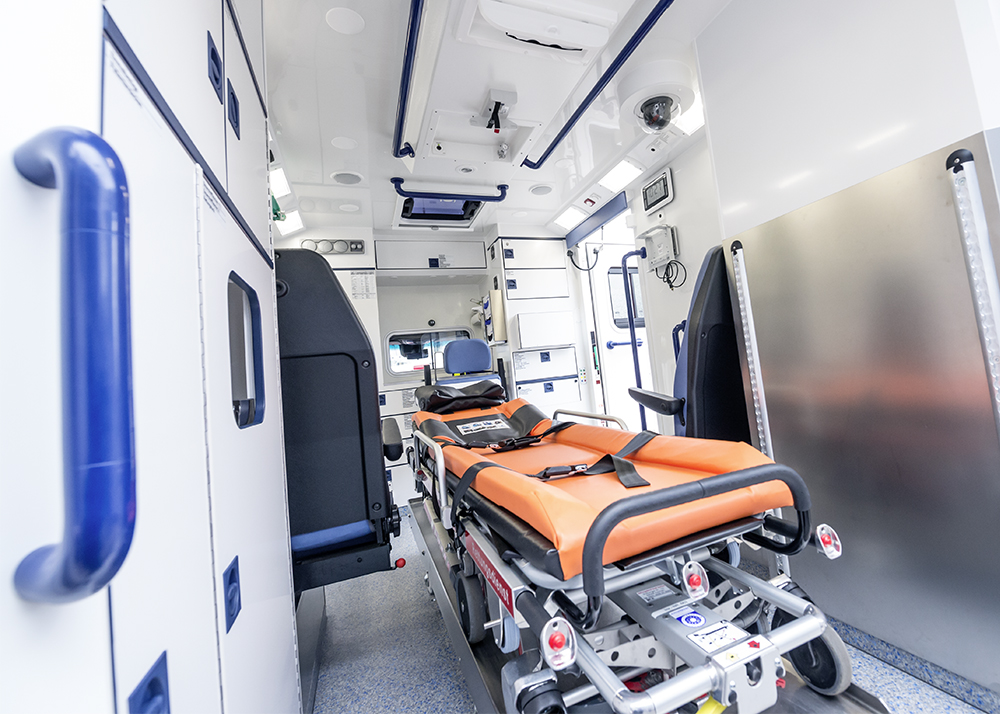
Dr. Hirsch was involved in the development of the system from early on. When asked what actually led to the idea for this life-saving system, he reports that "Against the backdrop of increasing numbers of operations, increasingly long travel times and occasional difficulties reaching a sufficient number of emergency doctors, the question was whether it was possible to take the patient to the emergency doctor in some way, rather than the emergency doctor to the patient, as was the case before. Furthermore, can modern technologies be used for this purpose?" Soon the idea became reality. A telemedical network between medical personnel and specialist experts has already been shown to improve the quality of care in many areas of medicine.
Against this background, the research consortium of RWTH Aachen University, P3 GmbH and the RWTH Aachen University Hospital was working on the idea of a remote emergency doctor who would not have to be present at the patient's site, but whose medical expertise could be provided from a distance.
Each of the participating institutions contributed to the interdisciplinary development, emphasises Dr Hirsch, a view confirmed by his counterpart Weiß. Hirsch himself is a specialist at the Department of Anaesthesiology at the RWTH Aachen University Hospital, while also working as a part-time employee of P3 telehealthcare GmbH. This double role also helped to speed up the project’s progress.
Hirsch sees a great challenge in the training of the remote emergency doctors, who are the supporting pillars of the system in many respects. They need to be able to do more than the traditional emergency doctor. The demands in terms of qualifications are correspondingly high. In addition to their qualifications as an emergency doctor, they must also be trained as a specialist. Furthermore, they must have completed more than 500 emergency medical interventions, as well as ERC (European Resuscitation Council) and PHTL (Prehospital Trauma Life Support) courses. Future remote emergency doctors must additionally earn a special qualification before they can be actively employed in the remote emergency doctor service. In Aachen, as well as other future locations, remote emergency doctors must be available 24/7. As in the Aachen emergency doctor's service, the individual remote emergency doctor is on duty for twelve hours.
Given the fact that in the last 15 years the period of time taken from receiving an alert to the arrival of the emergency doctor has been continuously increasing, it is easy to understand the need for action. Measures to improve the dual system of the emergency department and the rescue services have of course been implemented time and again. Nevertheless, the negative trend has stubbornly persisted. The additional factor that the network of ambulance stations is much denser than the network of emergency medical stations makes the problem clear. The development of new technologies is required in order to make the emergency care system sustainable in the long term through the targeted use of this technology. According to Hirsch, the remote emergency doctor system not only benefits rural areas, it also helps to compensate for lost time due to increasing traffic in cities. Further possible applications are in so-called "secondary transport". Put simply: the specialisation of hospitals in certain fields increasingly requires patients to be relocated if treatments are not carried out on-site. Patients are spending more and more time on the road. Depending on the medical indication, a doctor is required to accompany the patient. In a specifically defined series of cases, the emergency doctor can be replaced by a remote emergency doctor following consultation between the emergency doctor and the outgoing clinic. The scarce ‘resource’ of emergency doctors is therefore spared, and the safety of the patient is increased. The interdisciplinary idea has developed into a market-ready solution that saves lives.
www.p3-group.com | www.telenotarzt.de
The availability and bandwidth of the transmission paths used play a decisive role in the use of the remote emergency doctor system. Authorities and organisations tasked with security typically use 4-metre band, digital radio and mobile communications. The modern communication and data transmission technology already used in everyday life is still missing, but it should soon find its way into the rescue service. However, the emergency doctor service must always ensure in that adequate data transmission is guaranteed for at least 95% of all deployments.
In order to be able to use the complex system, the rescuer requires a few technical components.
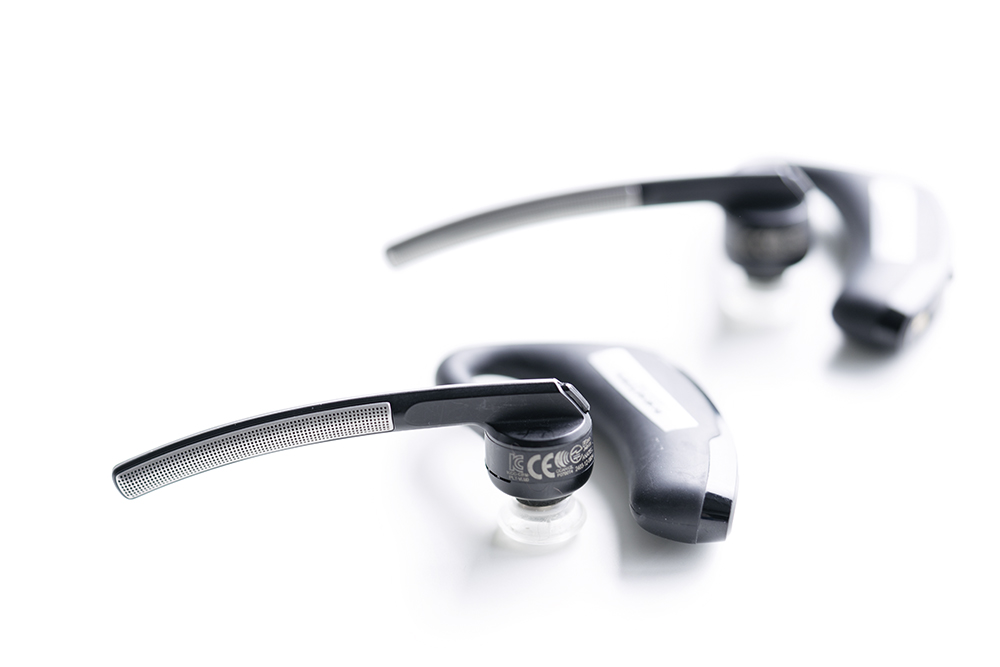
A simple headset in conjunction with the peeq®BOX is all that is needed to carry out voice communication with the remote emergency doctor.
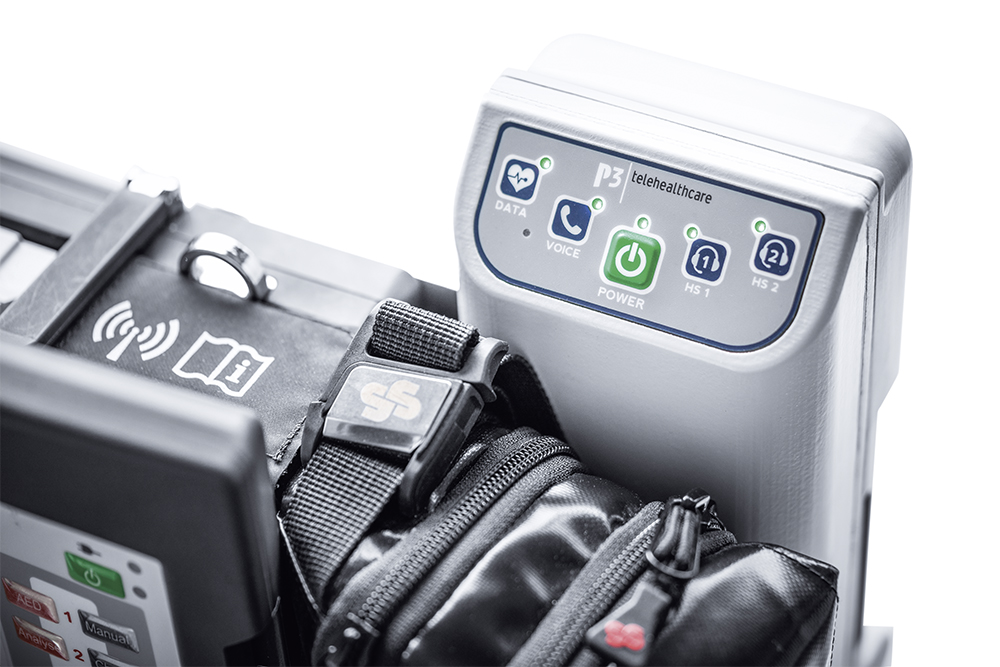
The space-saving peeq®BOX is the heart of the technical system and is attached directly to the defibrillator unit. The technology in this box is used to establish total communication with the remote emergency doctor: direct contact with the rescuer, data transmission of the medical analysis, image data from the 360° ambulance camera and the transmission of photos from the field. Automation using appropriate algorithms ensures the best possible quality of the data connection at all times. This ensures the secure and efficient transmission of voice and data.
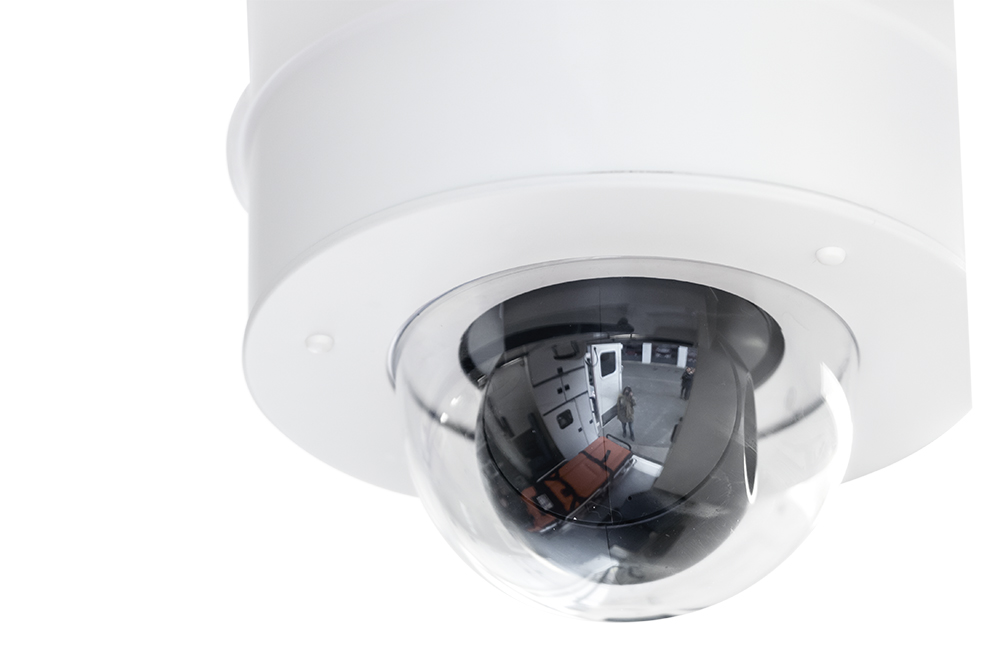
For privacy reasons, the 360° camera is only switched on with the patient's consent. The data is not saved, but only streamed and thus deleted immediately after transmission. The camera gives the remote emergency doctor the direct visual impressions required for patient analysis.
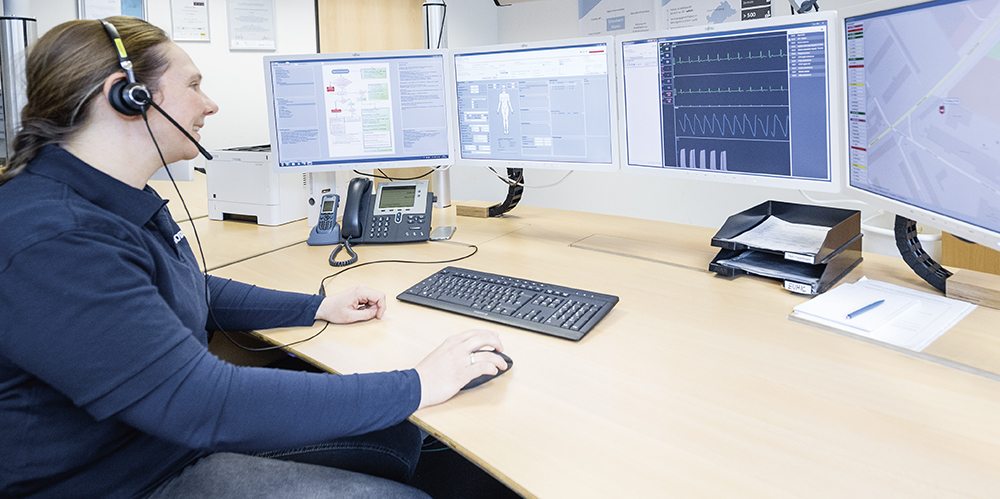
The app on the rescuer's cell phone. The rescuer can use the app to view various data about the status of the peeq®BOX, take photos, and transfer them automatically to the remote emergency doctor. The smartphone is also a backup solution for audio communication.
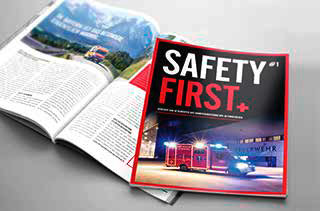
This text was first published in the WAS customer magazine „Safety First“. You can request a free copy of this and many other interesting topics by sending an e-mail to marketing@was-vehicles.com.





